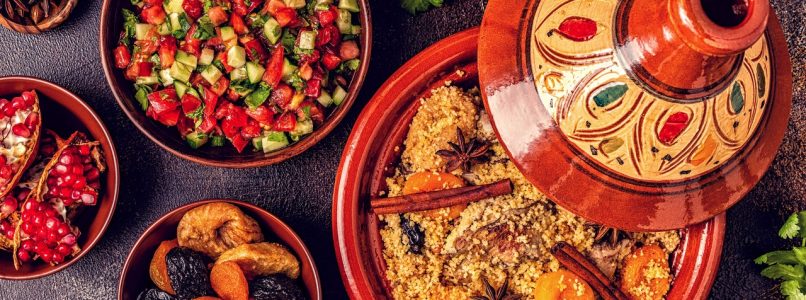Halal, a concept that oozes with meaning, goes far beyond its literal translation of “lawful” in Italian (the opposite of which is Haram, or “unlawful”). To reveal the most intricate nuances of this fundamental principle of Muslim religious practice, I had the pleasure of interviewing Walid Bouchnaf, the quality manager of BeHalal Srl. Through this conversation, Bouchnaf guided me on a journey of understanding that transcends the mere “ban” on pork and the dynamics of slaughter ritual, revealing a broader panorama that characterizes the Halal approach to daily life.
What is Halal (in a simple way)
Walid Bouchnaf began our conversation by highlighting that Halal is not simply a set of dietary rules, but rather a philosophy that permeates every aspect of Muslim life. The practice of Halal is not limited to the act of eating alone, but extends to work, education, social relationships and even daily actions such as going to the bathroom. The Muslim, therefore, seeks what is lawful and strives to distance himself from what is considered unlawful or Haram.
Within the food sphere, I was guided through a deeper understanding of Halal. It is therefore not just a matter of choosing legal foods, but also of evaluating the methods of obtaining them. Ritual slaughter, often mistakenly identified as the essence of Halal, is only one part of a bigger picture. This process, which involves killing the animal by bleeding, is not only a religious act, but also a technical approach that aims to guarantee hygiene, considering blood as a potential vehicle for bacteria and viruses and therefore illicit.
Bouchnaf stressed that the focus on ethics does not stop at slaughter, but embraces the well being overall animal. The animal must be in excellent physical and psychological condition, come from ethical farms and comply with specific standards. Furthermore, the company that markets the product must adhere to religious and ethical values, pay taxes and not be involved in illegal activities or linked to the mafia.
It is emphasised, therefore, that Halal is not simply a question of meat, but a holistic approach to life, involving environmental, ethical and social responsibility issues. It’s not just what you eat, but also how it is produced and marketed.
Halal: are there certifications?
As regards the world of certifications, yes, specific Halal ones exist and Bouchnaf illustrated the fundamental role of organizations like BeHalal (for which he works) in the food sector and beyond. These entities act as a bridge between the religious and industrial dimensionsensuring that the standards of quality, ethics, safety and environmental respect are respected.
Food: what is best to eat and when
After exploring the Koranic precepts, the conversation concluded by exploring the relationship between Islam and food, as suggested by the Sunnah, or the Prophet’s behavior in terms of practices and education. Walid shared that Islamic tradition encourages moderation in eating, then sharing meals, appreciating what you have and admonishing you not to waste food.
The Hadith (anecdotes about the life of the Prophet, a constituent part of the Sunna) provide specific indications on foods, underlining the benefits of fruit and vegetables.
What and how to consume
All cultivated plants, herbs and mushrooms are considered legal for humans, excluding those harmful to health or that cloud reason, such as alcohol and drugs. The Hadiths report the Prophet’s predilection for certain foods, including watermelon, melon, cucumbers, grapes, quince and the Kebas fruit of the Miswak tree.
